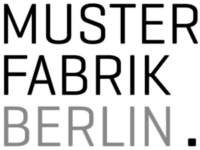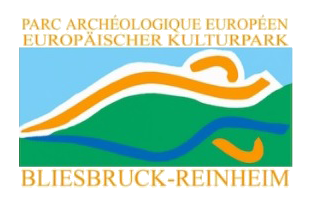Digitization & repositioning of 2.5-D plaster fragments with Roman mural painting

On the German side of the European Cultural Park Bliesbruck-Reinheim (Saarland), about 12,000 fragments of Roman wall plaster painted in different colors have been found in recent years. The fragments are very well preserved and suggest a complex decoration.
The MusterFabrik Berlin was commissioned by the Saarland State Office for the Protection of Monuments at the end of 2019 to develop a prototype system for digitizing and virtually puzzling the plaster fragments (“DigiGlue”), following an on-site visit conducted jointly in summer 2018 with the Saarland Ministry of Culture, the Saarland State Office for the Protection of Monuments (LDA), and the Fraunhofer Institute for Production Systems and Design Technology IPK. The objectives of this 18-month project, in collaboration with Fraunhofer IPK, are to build a 2.5-D scanning system for double-sided scanning of fragments and to develop a computer-based assistance system for digital handling and interactive digital repositioning of 2.5-D objects.
Development of an assistance system for the digitization and repositioning of 2.5-D plaster fragments with Roman mural painting (“DigiGlue”)

The system development is based on a prototype developed by MusterFabrik Berlin for the digitization and repositioning of glass mosaic fragments: by recording the planar front sides with motifs in 2-D and the depth information of the back sides in 3-D, the problem is reduced to a 2-D puzzle taking into account the depth information of the fragments, thus avoiding the high data volume of a full 3-D scan. The images of the front and back sides are taken in a single scan pass without rotating the fragments, thus protecting the fragile and brittle scan material from (further) damage.
DigiGlue: a prototypical system for digitizing and virtual puzzling of Roman plaster fragments
The DigiGlue system was installed at the Bliesbruck-Reinheim European Cultural Park in the fall of 2021. The initial results are extremely satisfactory. Since the start of operations in spring 2022, several thousand fragments have been digitized and individual partial reconstructions have already been formed.

Videos about the digitization process and the virtual puzzle in the DigiGlue project
Digitization of the Roman mural fragments
Capturing task-specific metadata
Further processing and virtual puzzling of the digitized objects
Further information on the project “Digital Repositioning of Roman Mural Paintings” can be found here:
Our project partners:




